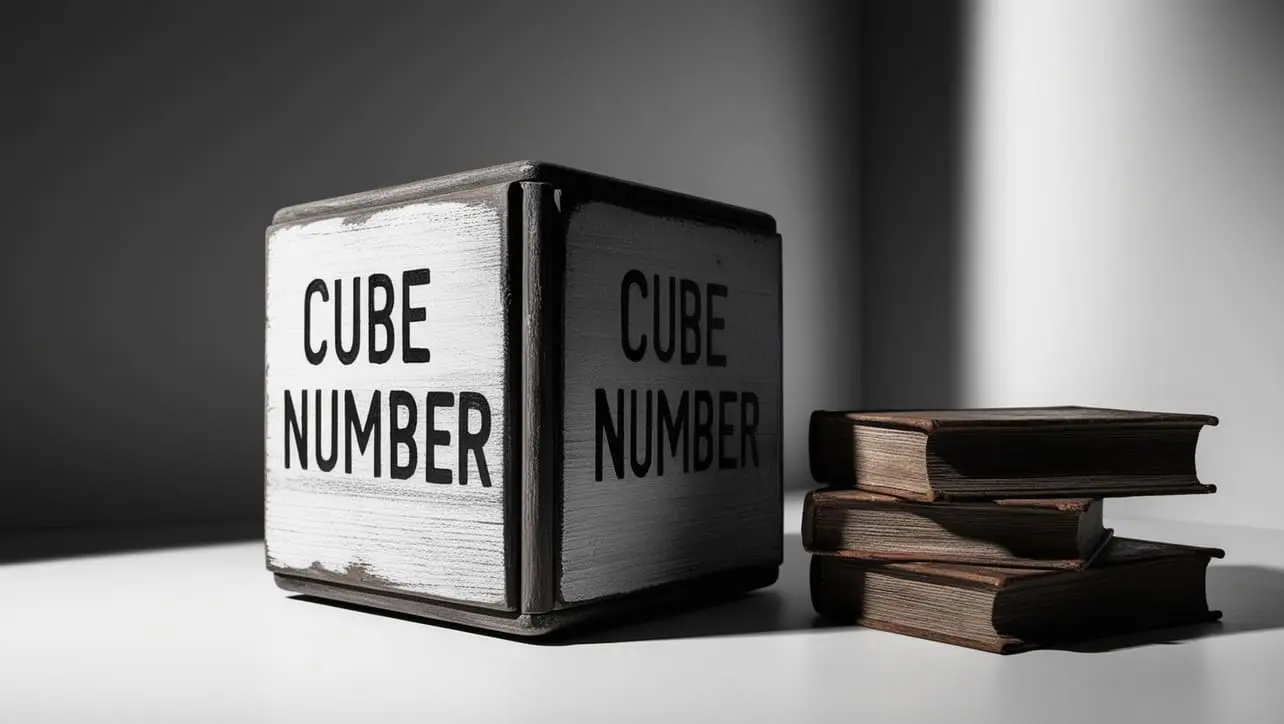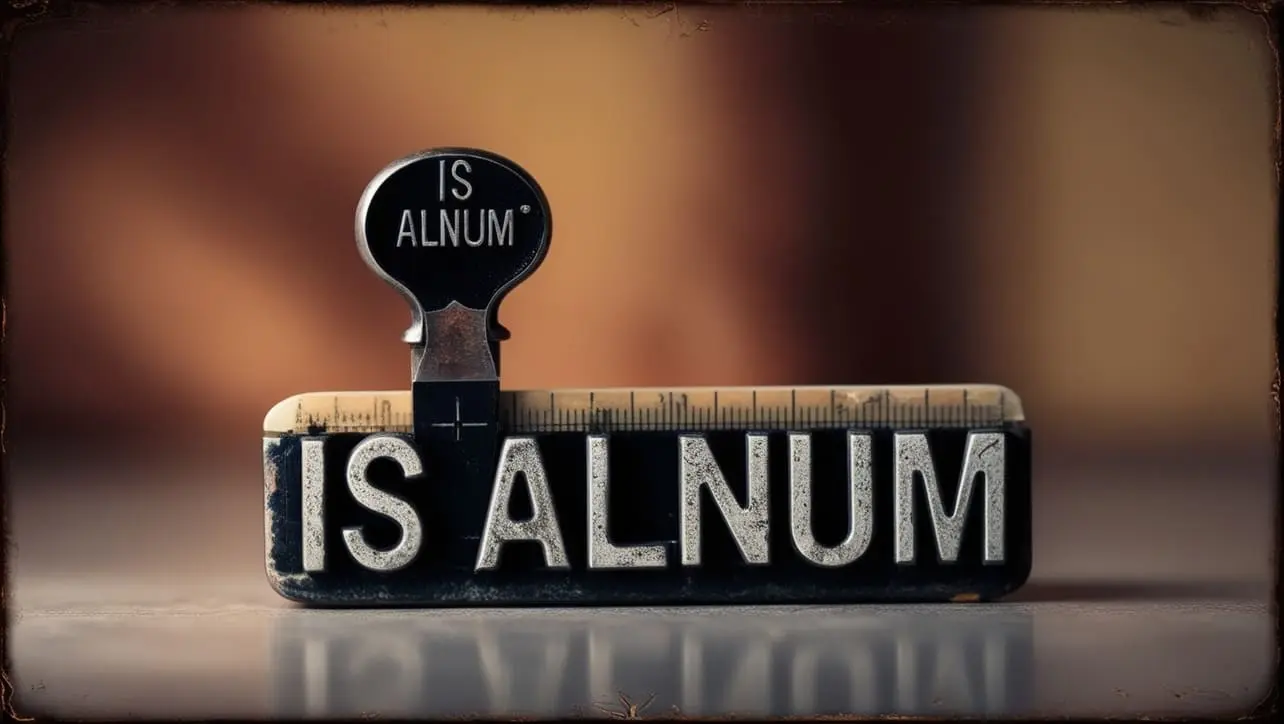
Python Topics
- Python Intro
- Python String Methods
- Python Interview Programs
- Abundant Number
- Amicable Number
- Armstrong Number
- Average of N Numbers
- Automorphic Number
- Biggest of three numbers
- Binary to Decimal
- Common Divisors
- Composite Number
- Condense a Number
- Cube Number
- Decimal to Binary
- Decimal to Octal
- Disarium Number
- Even Number
- Evil Number
- Factorial of a Number
- Fibonacci Series
- GCD
- Happy Number
- Harshad Number
- LCM
- Leap Year
- Magic Number
- Matrix Addition
- Matrix Division
- Matrix Multiplication
- Matrix Subtraction
- Matrix Transpose
- Maximum Value of an Array
- Minimum Value of an Array
- Multiplication Table
- Natural Number
- Number Combination
- Odd Number
- Palindrome Number
- Pascal’s Triangle
- Perfect Number
- Perfect Square
- Power of 2
- Power of 3
- Pronic Number
- Prime Factor
- Prime Number
- Smith Number
- Strong Number
- Sum of Array
- Sum of Digits
- Swap Two Numbers
- Triangular Number
- Python Star Pattern
- Python Number Pattern
- Python Alphabet Pattern
Python Program to Check for a Cube Number

Photo Credit to CodeToFun
🙋 Introduction
In the realm of programming, mathematical properties of numbers often lead to interesting and practical applications. One such property is being a cube number. A cube number is an integer that is the cube of an integer.
In this tutorial, we'll delve into a Python program that efficiently checks whether a given number is a perfect cube.
📄 Example
Let's take a look at the Python code that accomplishes this functionality.
def is_perfect_cube(number):
# Calculate the cube root of the number
cube_root = number ** (1/3)
# Check if the cube root is close to an integer
return abs(cube_root - round(cube_root)) < 1e-10
# Driver program
if __name__ == "__main__":
# Replace this value with your desired number
number = 27
# Check if the number is a perfect cube
if is_perfect_cube(number):
print(f"{number} is a perfect cube.")
else:
print(f"{number} is not a perfect cube.")💻 Testing the Program
To test the program with different numbers, simply replace the value of the number variable in the if __name__ == "__main__": block.
27 is a perfect cube.
Run the script to check if the number is a perfect cube.
🧠 How the Program Works
- The program dexfines a function is_perfect_cube that takes an integer as input and returns True if it is a perfect cube, and False otherwise.
- Inside the function, it calculates the cube root of the number using the exponentiation operator.
- It then checks if the cube root is close to an integer using a tolerance value (1e-10 in this case).
- The if __name__ == "__main__": block initializes a variable with a number and calls the is_perfect_cube function to determine if it's a perfect cube.
📏 Between the Given Range
Let's dive into the Python code that checks for cube numbers in the range from 1 to 50.
# Function to check if a number is a cube number
def is_cube_number(num):
cube_root = round(num ** (1 / 3))
return cube_root ** 3 == num
# Main program to find cube numbers in the range 1 to 50
def find_cube_numbers():
print("Cube numbers in the range 1 to 50:")
for i in range(1, 51):
if is_cube_number(i):
print(i, end=" ")
# Call the function to find cube numbers
find_cube_numbers()💻 Testing the Program
Cube numbers in the range 1 to 50: 1 8 27
Run the script to see the cube numbers in the specified range.
🧠 How the Program Works
- The program defines a function is_cube_number that checks if a given number is a cube number.
- Inside the function, it calculates the cube root of the number and checks if raising it to the power of 3 results in the original number.
- The main program, find_cube_numbers, iterates through the range from 1 to 50 and prints the cube numbers.
🧐 Understanding the Concept of Cube Number
A cube number is the result of raising an integer to the power of 3. For example, 2 * 2 * 2 = 8, so 8 is a cube number.
🎢 Optimizing the Program
The provided program is straightforward, but you might consider optimizing it further. For instance, you can explore alternative methods for checking if a number is a cube number without using the cbrt function.
Feel free to incorporate and modify this code as needed for your specific use case. Happy coding!
👨💻 Join our Community:
Author

For over eight years, I worked as a full-stack web developer. Now, I have chosen my profession as a full-time blogger at codetofun.com.
Buy me a coffee to make codetofun.com free for everyone.
Buy me a Coffee












If you have any doubts regarding this article (Python Program to Check for a Cube Number), please comment here. I will help you immediately.